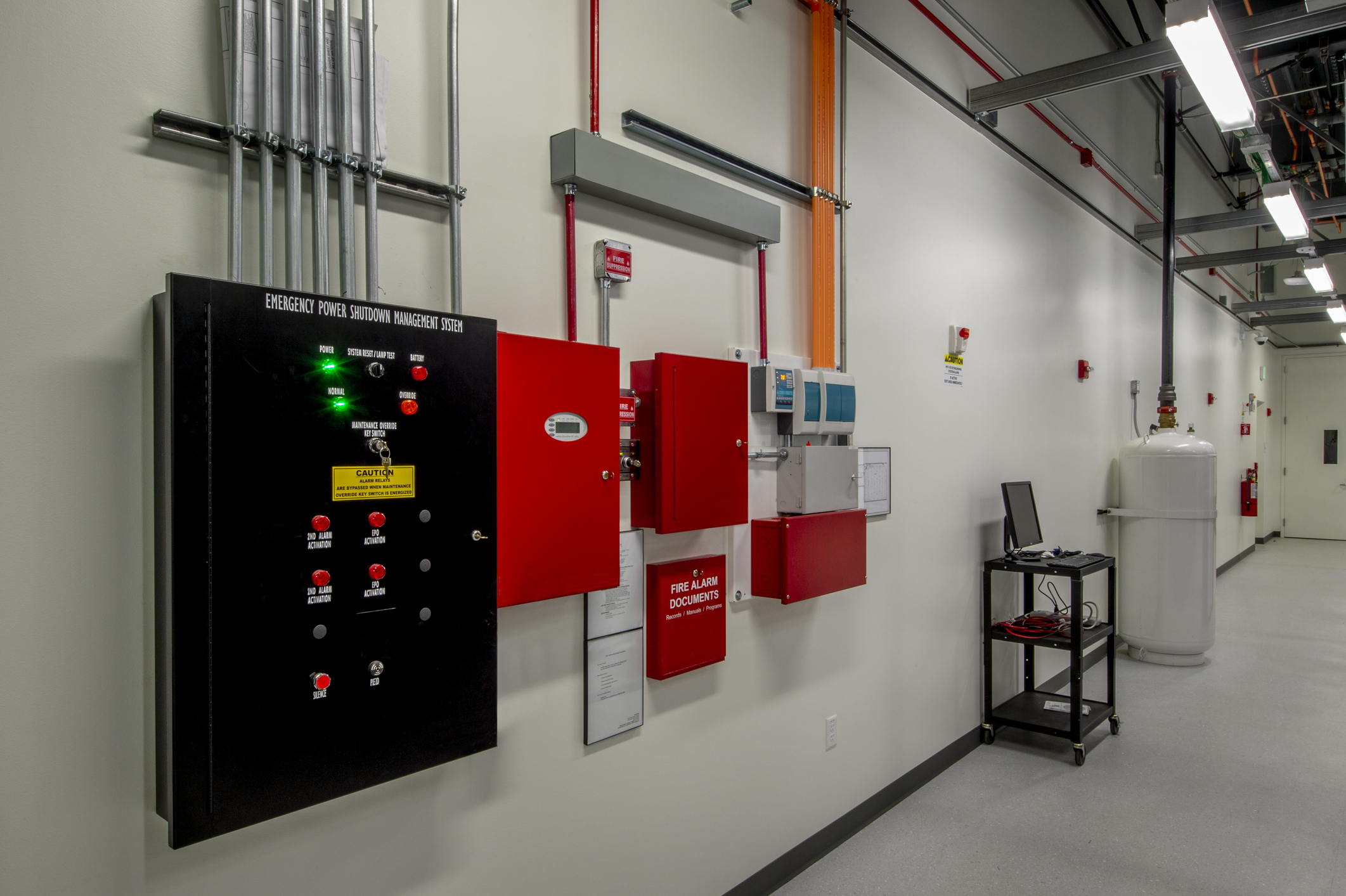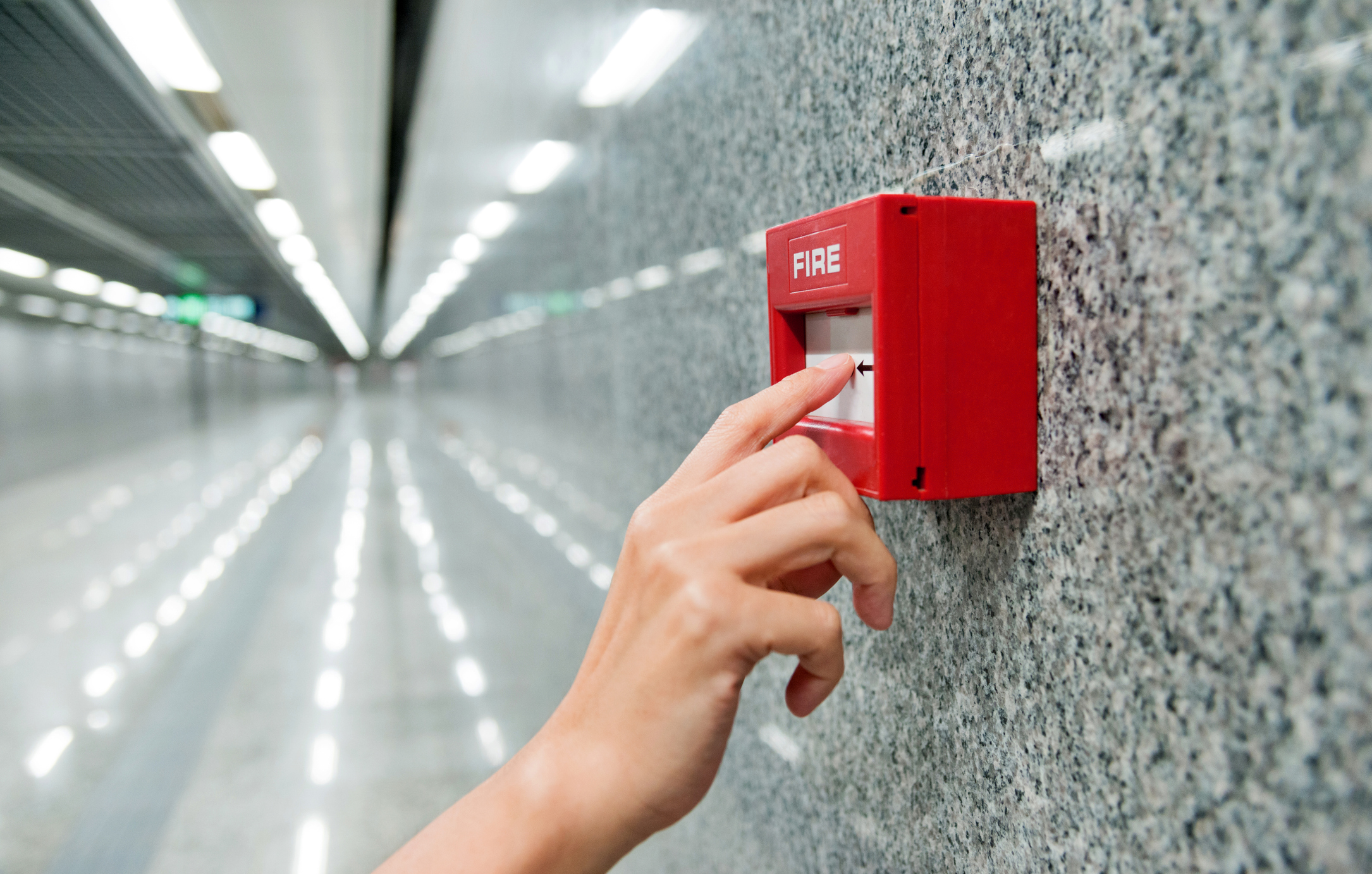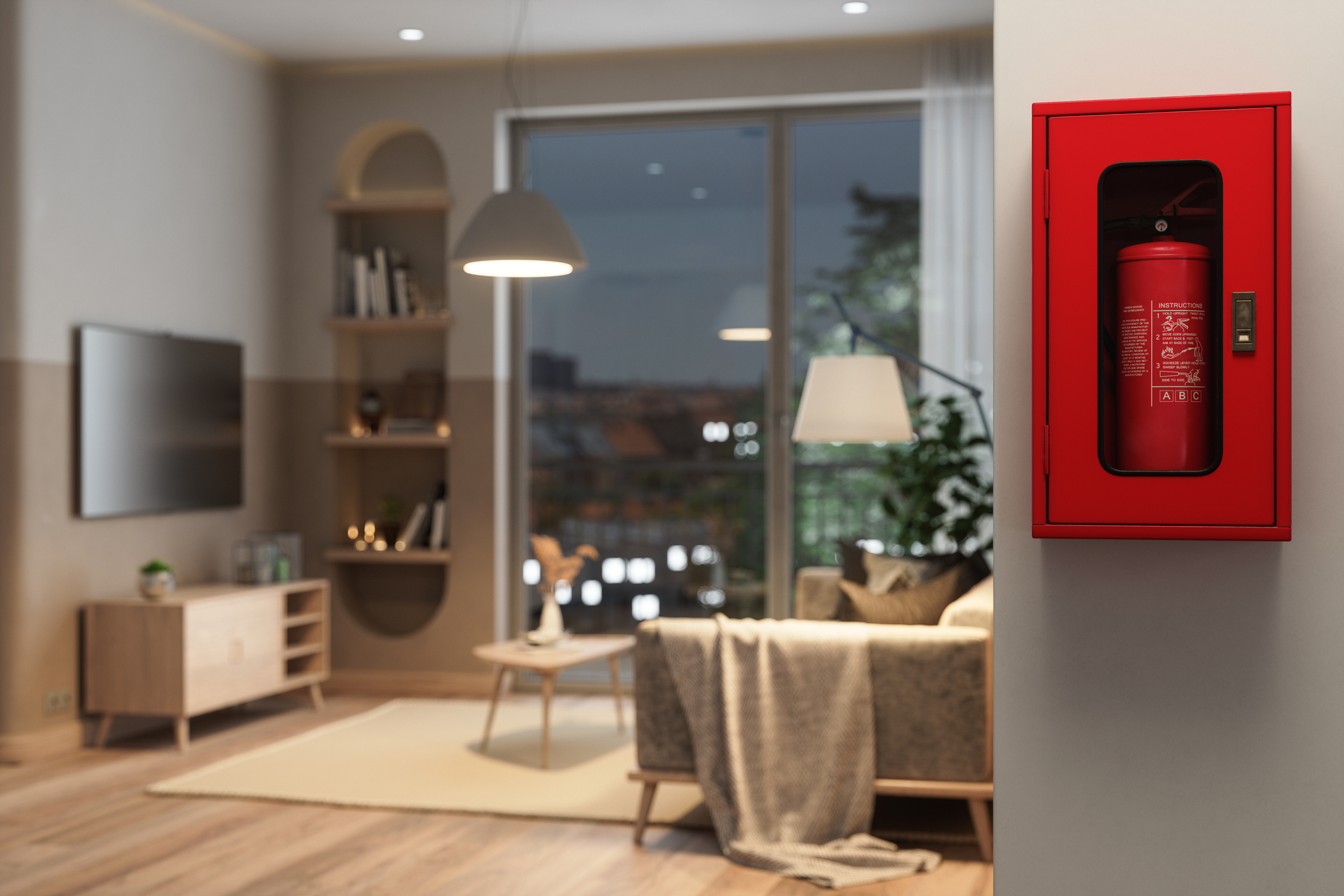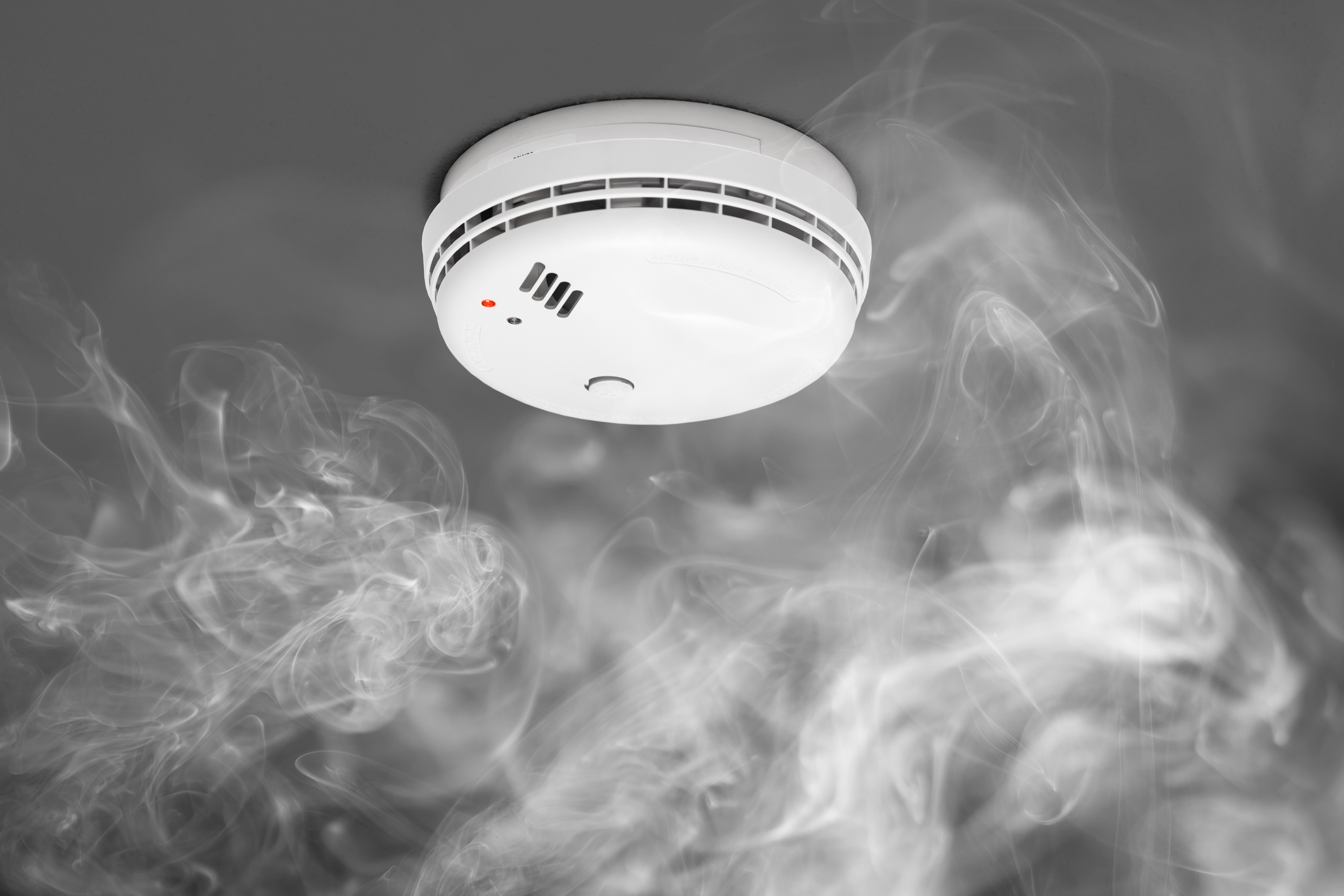
A Guide to Fire Alarm System Categories
It is a legal obligation for your company’s fire alarm system to be fit for purpose and operational. The legal requirement is found in The Regulatory Reform (Fire Safety) Order 2005, which mandates that almost all structures, locations, and constructions – other than individual private homes – must have a fire alarm system in place. It is your responsibility as the business owner to guarantee that your premises meet the required standards of fire safety.
What are Fire Alarm System Categories?
There are eight different fire alarm classifications, each with its own set of requirements and they vary according to your company’s activities. The following are the fire alarm categories:
- Category M – Manual fire alarm system
- Category L1 – Maximum life protection automated fire alarm system
- Category L2 – Additional life protection automated fire alarm system
- Category L3 – Standard life protection automated fire alarm system
- Category L4 – Modest life protection automated fire alarm system
- Category L5 – Localised life protection automated fire alarm system
- Category P1 – Maximum property protection automated fire alarm system
- Category P2 – Minimum property protection automated fire alarm system
Read on for a detailed explanation of the above categories.
Manual Fire Alarm Systems
The least sophisticated of the systems, which rely on occupants to detect a fire and notify others. Employees must manually activate the alarm in order to alert everyone else in the building to the risk when a fire is discovered. A typical example of a manual fire alarm system is a line of break glass devices, which are put at each point of exit in a structure. This allows those fleeing the danger zone to notify others as they exit.
Manual fire alarms can be useful, but because they rely on individuals, it raises the danger of employee and visitor safety, especially if the site is not highly populated with people to sound an alarm.
Automatic Fire Alarm Systems to Save Lives
L-category fire alarm systems are those that have been determined to be the most suitable for safeguarding life in a structure. Fire alarm systems classified this way are divided into five subcategories depending on their degree of efficacy.
Category L1 – Maximum life protection
This is the most comprehensive fire alarm system available, with detectors in all sections of a building where a fire might theoretically break out. The whole facility is alerted if a fire breaks out, thanks to the integrated alarm system that connects detectors throughout the structure.
This configuration’s goal is to give residents the earliest possible notice of an emergency should one occur. It is, therefore, the optimum standard for facilities like large hotels and care homes, where early detection of a fire is critical.
Category L2 – Additional life protection
Smoke alarms in all rooms that form part of an escape route, including corridors, are standard on smoke alarm systems in this class. Smoke detectors should also be installed in all high-risk spaces, such as kitchens and boiler rooms.
L2 systems offer an early warning to people living in or working in high-risk environments beyond the source of the fire. Factories and medium-sized residential houses are two examples of buildings that often use this strategy.
Category L3 – Standard life protection
All routes and rooms that open into an escape route are covered by detectors in standard life protection systems. The goal of this system is to ensure that everyone in the building has enough notice to flee a fire before their exit is blocked by flames, smoke, or hazardous fumes.
This type of fire alarm system is often utilised in office blocks and commercial buildings with flights of stairs.
Category L4 – Modest life protection
An L4 fire alarm system has detectors only in escape route areas, such as corridors and stairwells. When the site is classified as an L4 fire alarm system, any circulation spaces that make up part of the escape passage should also be equipped with a detector.
This system is used in low-risk commercial properties. An office, for example, that just has ground floor rooms would require less time to evacuate all employees than one with many floors and sublevels.
Category L5 – Localised life protection
The L5 fire alarm category systems are those that are put in place to respond to a specific fire danger in a certain area of a structure. If there is an unsafe room in a building because of the objects kept there or business activities carried out there, for example.
In general, an L4 category system may be sufficient for the building as a whole, but an L5 classification is also necessary to identify the level of risk the particular room presents.
Automatic Fire Alarm Systems to Protect Property
The following two fire alarm system categories are designed and installed for the protection of property.
Category P1
In a typical P1 fire alarm system, sensors are installed in all parts of the structure. The goal of a system like this is to safeguard businesses that rely on their premises for operations.
Those in charge of fire safety can use this method to guarantee that any fire that occurs is detected and controlled as quickly as possible. This lowers the risk of damage and interruptions to business operations.
Category P2
Fire detectors are only included in high-risk locations in a category P2 fire alarm system. While a P1 solution provides broader protection, this system does offer early detection for the most likely sources of a fire.
This early detection will assist the fire department respond to the accident faster, minimising property damage and business losses.
Fire alarm systems come in a variety of types, each designed to meet the specific needs of different businesses and properties. The categories range from those that provide basic life protection to those that are specifically tailored to protect property. No matter what type of fire alarm system you choose, it is important to make sure that it is installed by a qualified professional, like ourselves here at Britannia Fire & Security. This will ensure that your system meets all the necessary safety standards and provides the best possible protection for you and your employees or tenants.




